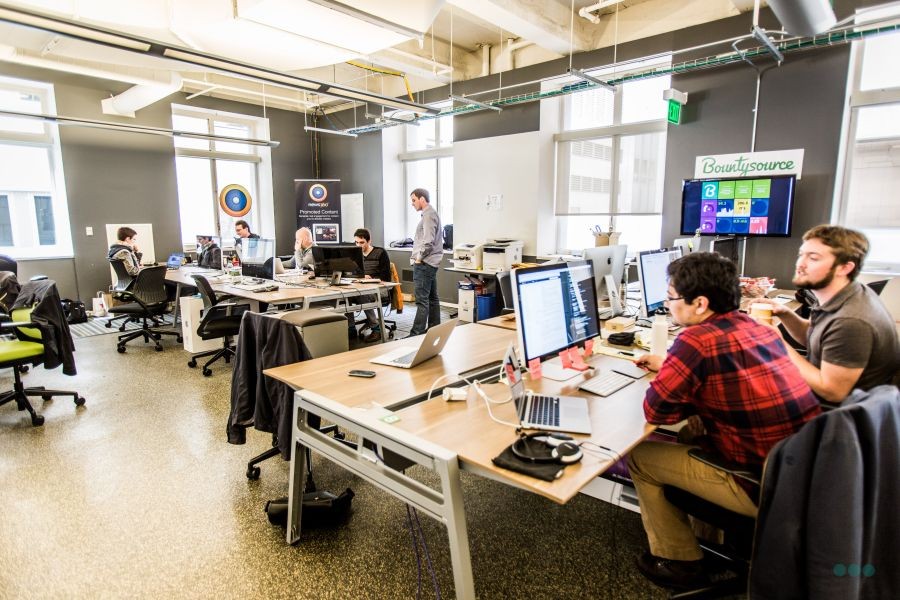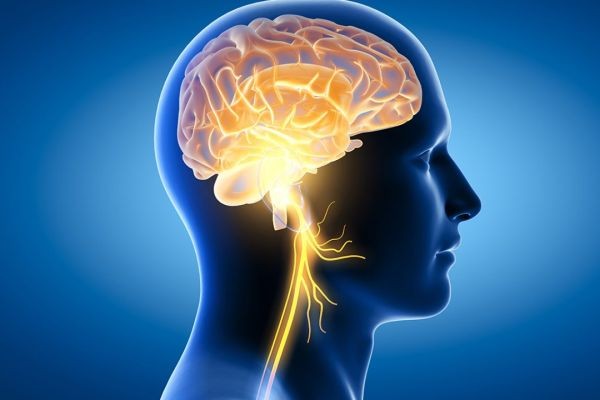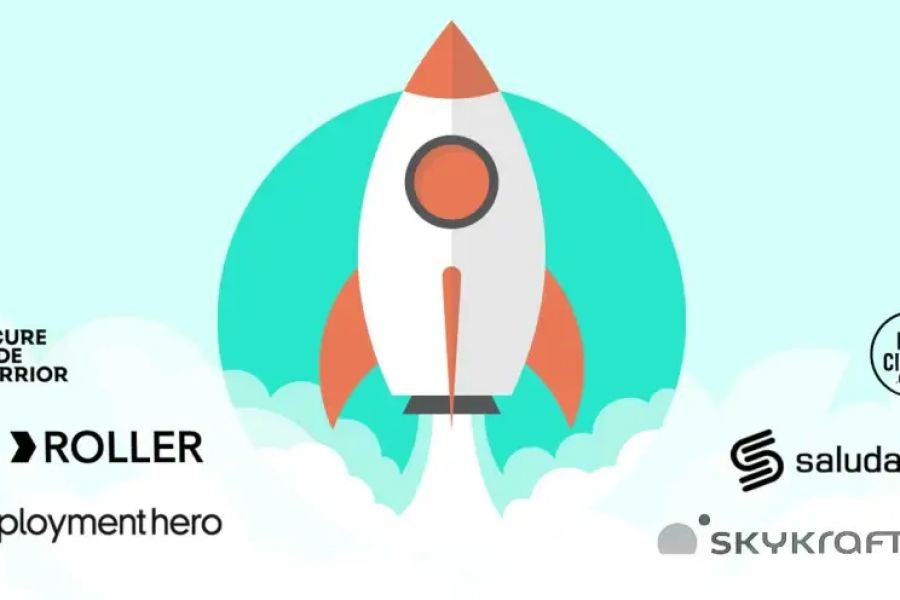In the ever-evolving landscape of global infrastructure, New Zealand stands at a crucial juncture. With its unique geographical position and economic dependencies, the question arises: Is New Zealand’s infrastructure poised for future demands, or are we risking falling behind in the global race? This article delves into the heart of New Zealand's infrastructure challenges and opportunities, offering a comprehensive analysis of the current state and future prospects.
Current State of New Zealand’s Infrastructure
New Zealand's infrastructure is a mixed bag of strengths and weaknesses. The country's transportation networks, energy systems, and digital infrastructure form the backbone of its economy. According to the Ministry of Business, Innovation and Employment (MBIE), infrastructure investment is critical to New Zealand's productivity and growth prospects. However, challenges such as aging infrastructure, climate change, and technological advancements pose significant risks.
Data from Stats NZ reveals that government spending on infrastructure accounts for approximately 5% of GDP, a figure that lags behind other OECD countries. The current infrastructure deficit is estimated to be as high as NZD 75 billion, indicating a pressing need for accelerated investment and strategic planning.
Case Study: Auckland’s Transport Dilemma
As New Zealand's largest city, Auckland encapsulates the nation's infrastructure challenges. The city's transportation system, plagued by congestion and inefficiencies, has long been a point of contention for residents and policymakers alike.
Problem: Auckland's rapid population growth has strained its existing transport infrastructure, leading to increased congestion and longer commute times. This has resulted in significant economic costs, with estimates suggesting that congestion costs Auckland up to NZD 1.3 billion annually.
Action: In response, the Auckland Transport Alignment Project (ATAP) was initiated to develop a 30-year strategic plan for the city's transport infrastructure. The plan emphasizes public transport enhancements, including the City Rail Link and expanded bus networks, to alleviate congestion and promote sustainable urban growth.
Result: Since the implementation of ATAP, public transport usage in Auckland has increased by 10% annually. The City Rail Link, expected to be completed by 2024, is projected to double the capacity of Auckland's rail network, significantly reducing commute times and emissions.
Takeaway: Auckland's experience demonstrates the importance of long-term strategic planning and investment in sustainable transport solutions. Other cities in New Zealand can draw valuable lessons from Auckland’s approach to addressing urban transport challenges.
Emerging Challenges and Opportunities
While New Zealand faces significant infrastructure challenges, emerging trends present opportunities for innovation and growth. The rise of digital technologies, renewable energy, and sustainable urban planning are reshaping the infrastructure landscape.
Pros vs. Cons of Digital Infrastructure Expansion
As New Zealand embraces digital transformation, the expansion of digital infrastructure is pivotal. However, this transition comes with its own set of challenges and opportunities.
Pros:
- Increased Connectivity: Improved digital infrastructure can enhance connectivity across the country, bridging urban-rural divides.
- Economic Growth: Digital infrastructure investments have the potential to boost GDP by facilitating innovation and attracting foreign investment.
- Job Creation: The digital economy is poised to create new job opportunities, particularly in tech-driven sectors.
Cons:
- High Costs: Developing and maintaining digital infrastructure requires substantial financial investment.
- Cybersecurity Risks: Increased digitalization heightens the risk of cyber threats, necessitating robust security measures.
- Digital Divide: Disparities in digital access can exacerbate social inequalities if not addressed.
Contrasting Viewpoints: Traditional vs. Innovative Approaches
The debate between maintaining traditional infrastructure and embracing innovative solutions is a key consideration for New Zealand policymakers.
Advocate View: Proponents of traditional infrastructure argue for the preservation of existing systems, citing reliability and proven effectiveness. They emphasize the need for gradual upgrades to avoid economic disruptions.
Critic View: Critics advocate for a shift towards innovative infrastructure solutions, such as smart cities and renewable energy systems. They argue that these approaches offer long-term sustainability and resilience against climate change impacts.
Middle Ground: A balanced approach that integrates traditional infrastructure with innovative technologies could provide a comprehensive solution. By leveraging data analytics and IoT, New Zealand can enhance the efficiency and sustainability of its existing systems.
Myths and Mistakes in Infrastructure Development
Infrastructure development is rife with misconceptions that can hinder progress. Here are some common myths and mistakes to avoid:
Myth: "More infrastructure spending always leads to economic growth." Reality: While investment is crucial, strategic planning and prioritization are essential to ensure optimal outcomes. Blind spending without a clear strategy can lead to inefficiencies and waste.
Myth: "Digital infrastructure can replace physical infrastructure." Reality: Digital infrastructure complements but cannot fully replace the need for physical infrastructure. A hybrid approach is essential for comprehensive development.
Myth: "Infrastructure development is solely the government's responsibility." Reality: Public-private partnerships and community engagement are critical for successful infrastructure projects. Collaborative efforts lead to better resource allocation and innovation.
Future Trends and Predictions
Looking ahead, several trends are poised to shape New Zealand's infrastructure landscape over the next decade:
- Decentralization: As remote work becomes more prevalent, there will be a shift towards decentralized infrastructure models that support distributed workforces.
- Sustainability: Growing environmental awareness will drive investments in green infrastructure, including renewable energy and sustainable urban planning.
- Smart Cities: The adoption of smart technologies will revolutionize urban management, improving efficiency and quality of life.
In conclusion, New Zealand's infrastructure future is at a crossroads. While challenges persist, strategic investments and innovative approaches offer a pathway to resilience and growth. Engage in the discussion—how do you envision New Zealand's infrastructure evolving in the coming years?
People Also Ask (FAQ)
How does infrastructure impact businesses in New Zealand? Infrastructure plays a pivotal role in business efficiency, with well-developed transport and digital systems enhancing productivity and connectivity.
What are the biggest misconceptions about infrastructure development? Many believe infrastructure spending guarantees growth, but strategic planning and prioritization are equally vital.
What are the best strategies for implementing digital infrastructure? Experts recommend starting with robust cybersecurity measures, followed by phased upgrades, and ensuring equitable access to bridge digital divides.
Related Search Queries
- New Zealand infrastructure challenges
- Future of New Zealand transport systems
- Digital infrastructure in New Zealand
- Public-private partnerships in NZ
- Sustainable urban planning NZ































susannecunneen
1 month ago